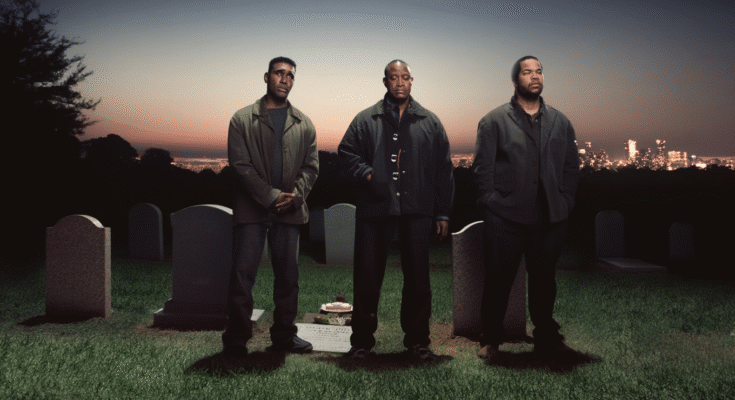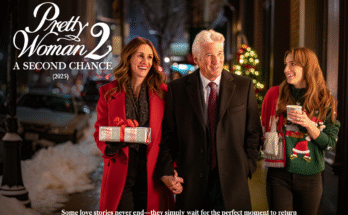When Boyz n the Hood arrived in 1991, John Singleton’s searing debut reshaped American cinema. It wasn’t just a film; it was a statement, a mirror held up to the realities of violence, systemic neglect, and fragile hope in South Central Los Angeles. More than three decades later, Boyz n the Hood 2 dares to pick up that story — not to repeat it, but to show what happens when the boys grow into men. The result is a moving, gritty, and unflinchingly honest continuation that honors Singleton’s legacy while carving its own place in the cultural conversation.
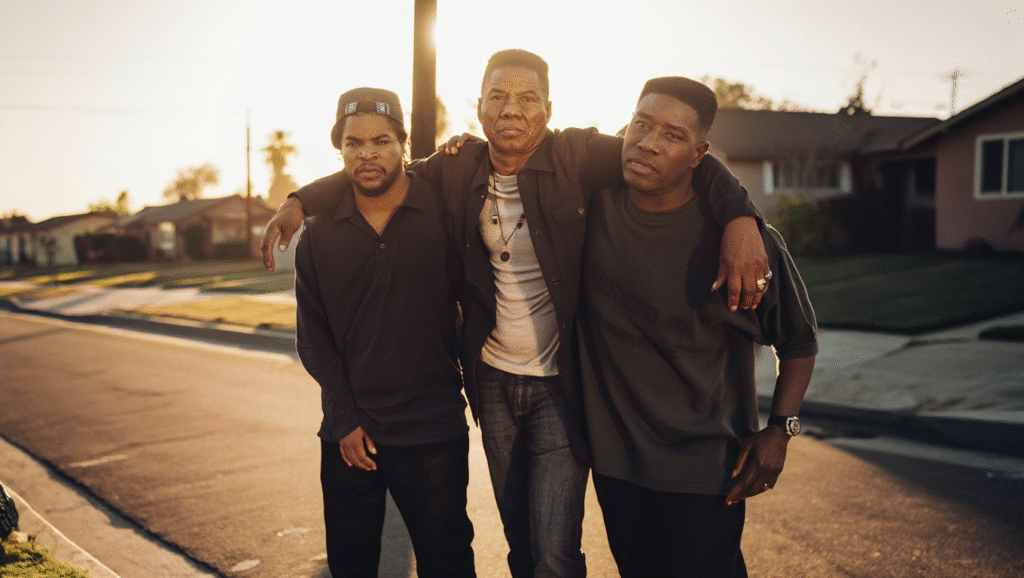
The sequel reunites Cuba Gooding Jr., Ice Cube, and Morris Chestnut as Tre, Doughboy, and Ricky’s brother-in-spirit, respectively, now older, weathered, and reshaped by the lives they’ve led. Their presence alone carries a heavy sense of history, and the film wastes no time in acknowledging the ghosts that still linger from the past. These aren’t the wide-eyed dreamers and furious youths of the ’90s — they are men who have survived, scarred but still striving to make sense of their place in a changing world.
Fatherhood becomes the film’s most resonant theme. Tre, once the boy guided by his father’s wisdom, now finds himself raising his own children amid the same cycles of violence and uncertainty. Gooding Jr. brings a weary but determined gravitas to his performance, embodying a man desperate to break patterns yet keenly aware of their persistence. His scenes with his teenage son pulse with the same urgency that defined the first film, now refracted through generational echoes.
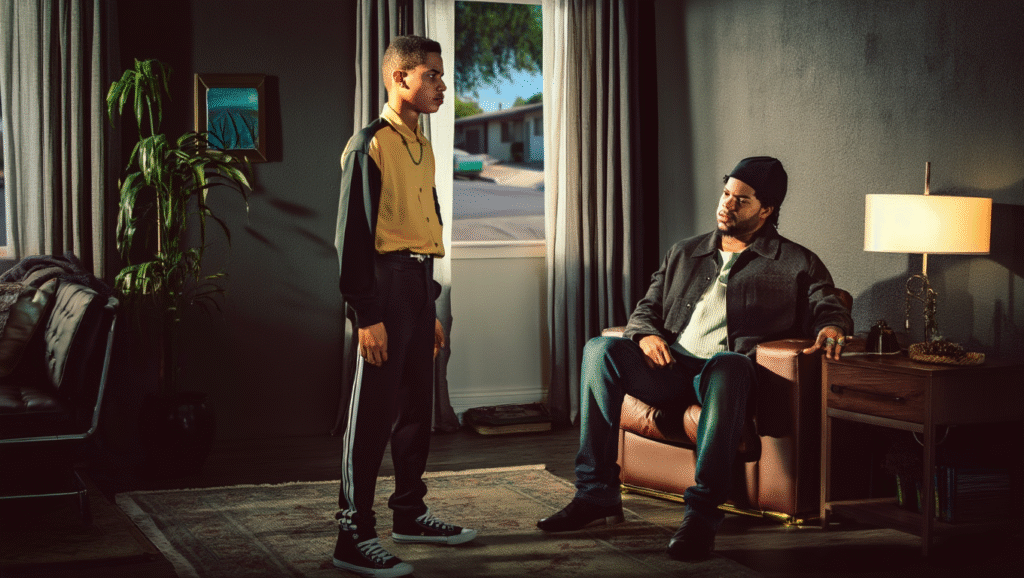
Ice Cube’s return as Doughboy is particularly powerful. Long presumed lost to the streets, he reemerges as a man who has survived but carries the weight of every mistake and every loss. Cube plays him with a hardened exterior, but beneath it lies a vulnerability that cuts deep. His interactions with Tre are electric — two men once bound by youthful defiance, now bound by the shared responsibility of keeping their communities alive.
Morris Chestnut’s involvement gives the film one of its most poignant arcs. With Ricky’s absence still casting a long shadow, Chestnut portrays a figure who lives in perpetual dialogue with memory. His storyline touches on survivor’s guilt, responsibility to family, and the uneasy balance between moving forward and honoring the past. It’s a performance that grounds the film’s larger social commentary in deeply personal stakes.
Directed as a tribute to Singleton’s vision, the film doesn’t shy away from the social realities of 2025. Gentrification, systemic inequality, and cycles of police violence are woven into the narrative with raw honesty. Yet it isn’t simply a reiteration of old wounds; it explores how these issues have evolved, and how new generations grapple with both inherited trauma and modern challenges. The streets may look different, but the underlying battles remain chillingly familiar.
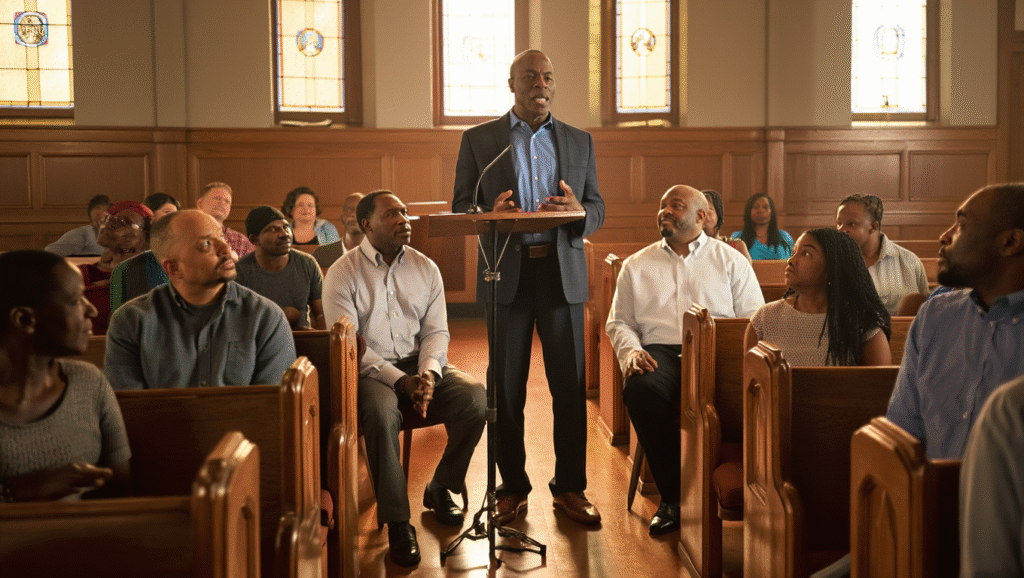
What distinguishes Boyz n the Hood 2 is its insistence on hope amidst despair. Brotherhood, loyalty, and resilience remain its beating heart. Scenes of community — cookouts, mentorship programs, fathers guiding sons — counterbalance the bleakness, showing not only what has been lost but what can still be saved. It’s a film that argues for second chances, even when the world seems designed to deny them.
Visually, the film mirrors the original’s naturalistic style but expands its scope. Wide shots of a transforming Los Angeles contrast gleaming new developments with neighborhoods left behind. The cinematography emphasizes both continuity and change, reflecting how the men — and their world — carry the tension between past and present.
The performances are uniformly excellent. Gooding Jr. delivers one of his strongest roles in years, Ice Cube commands the screen with a weathered intensity, and Chestnut provides the film’s emotional anchor. Supporting players, including a new generation of actors portraying the sons and daughters of the original characters, inject energy and urgency, ensuring that the film is not just about memory but about the future.
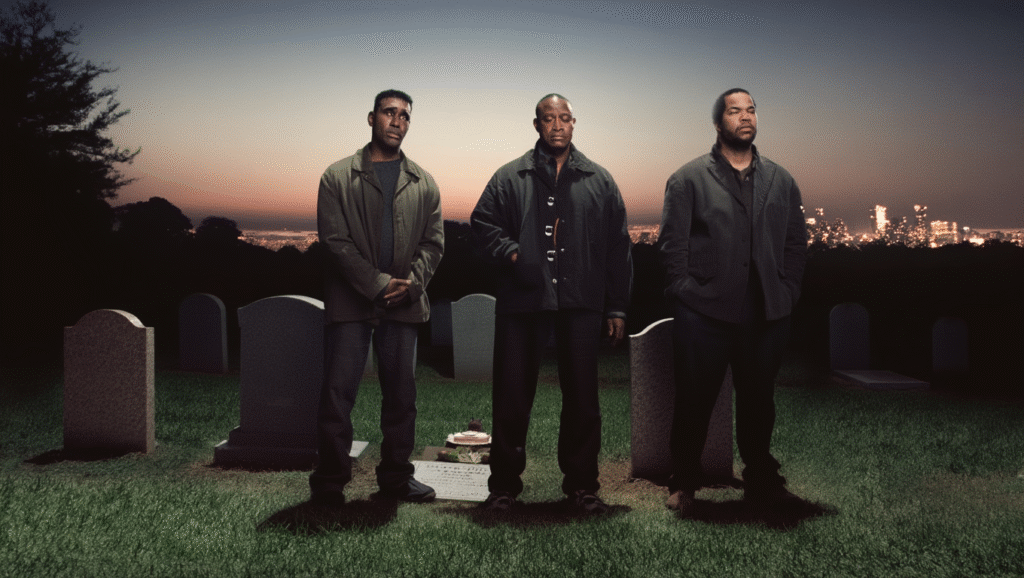
By the final act, Boyz n the Hood 2 strikes with emotional force. It refuses easy answers or tidy resolutions. Instead, it leaves audiences with the weight of history and the flicker of hope — a reminder that while the story isn’t over, the possibility of change rests in how each generation chooses to carry forward. It is a sequel that doesn’t just continue a narrative but expands its meaning, proving that the struggles and triumphs of South Central still resonate as urgently today as they did in 1991.
With its raw emotion, sharp commentary, and deeply human performances, Boyz n the Hood 2 emerges not as a retread but as a powerful rebirth. Singleton’s voice echoes through every frame, but the film also speaks in its own voice, reminding us that while boys become men, the battles of community, family, and resilience are eternal. ⭐4.7/5 — a stirring, essential chapter in a story that refuses to fade.
